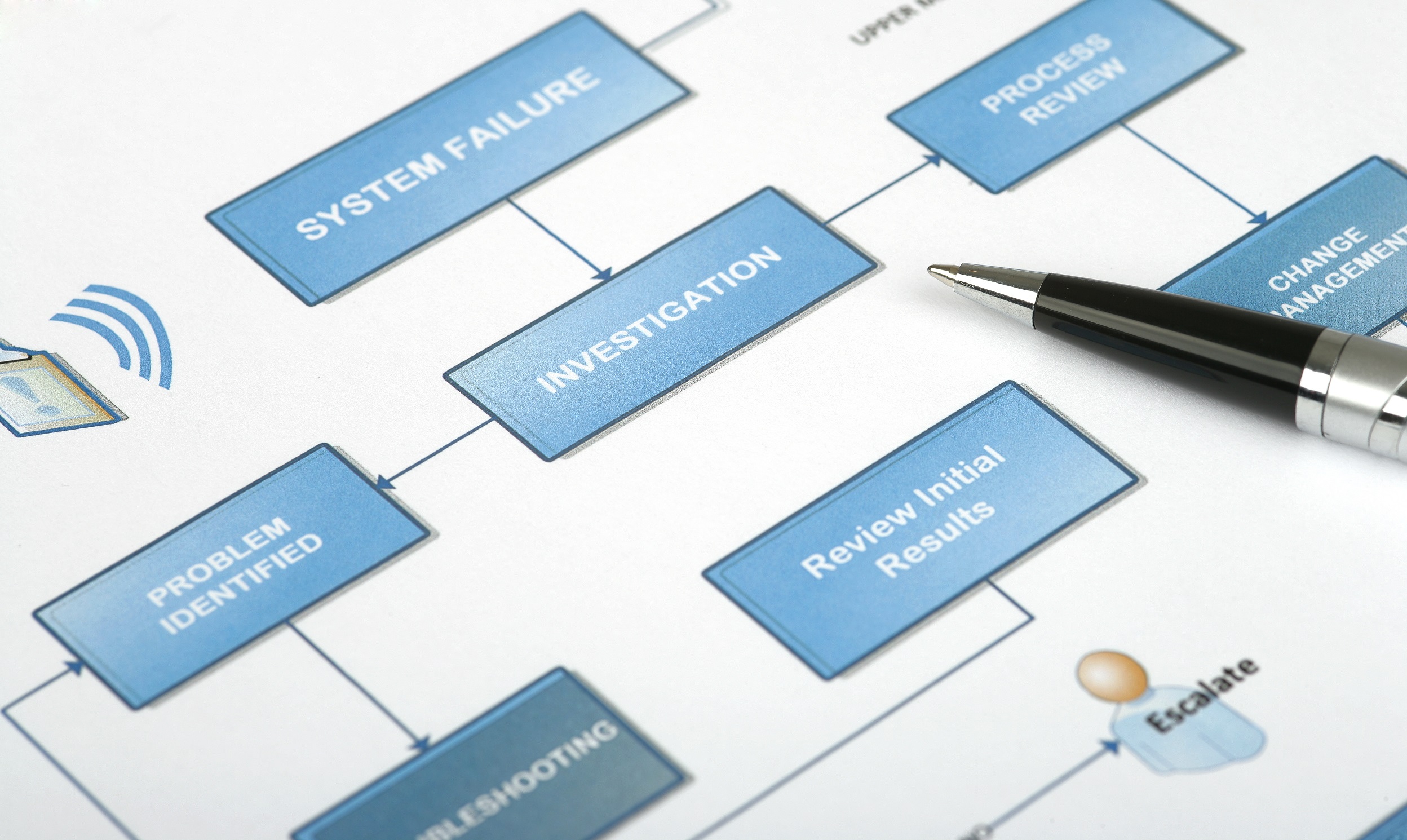
One of our customers recently asked this question, and it’s a good one. Much has been written about the need to maintain clinical evaluation reports (CER) throughout the entire life cycle of devices. There has been far more emphasis on postmarket surveillance (PMS) reporting in recent years, and the result is that clinical evaluation reports for established devices now often include a substantial amount of PMS data. Thus, when medical device regulatory professionals compile required postmarket reports, they rightfully wonder where to draw the line in terms of what to include in their CER.
First, let’s examine how the EU Medical Device Regulation (MDR) and associated standards reference the need for postmarket data in your CER.
Point 74 in the prologue of the EU MDR sets the expectation about PMS data by saying:
Manufacturers should play an active role during the post-market phase by systematically and actively gathering information from post-market experience with their devices in order to update their technical documentation and cooperate with the national competent authorities in charge of vigilance and market surveillance activities. To this end, manufacturers should establish a comprehensive post-market surveillance system, set up under their quality management system and based on a post-market surveillance plan. Relevant data and information gathered through post-market surveillance, as well as lessons learned from any implemented preventive and/or corrective actions, should be used to update any relevant part of technical documentation, such as those relating to risk assessment and clinical evaluation, and should also serve the purpose of transparency. [emphasis added]
Article 83 3(c) reiterates the need to use PMS data to update the clinical evaluation but does not say how much. Finally, Section 5.8 of ISO/TR 20416:2020 the newly updated guidance on postmarket surveillance calls out the need to update your CER with PMS data.
OK, so the need to do this is clear, but what and how much is not.
Annex XIV of the MDR mandates clinical evaluation for all Class I, II, and III devices, and MEDDEV 7.2-1 rev 4 has long provided the recipe for how to do that. The definitive clinical evaluation guidance at 65 pages long is both exhaustive and exhausting. Digging deep, you will find section 6.2.3(b), which discusses the need to include and update findings from postmarket clinical follow-up efforts. Here’s what section 6.2.3(b) says:
PMS regularly generates new data (e.g. safety reports, results from published literature, registries, PMCF studies, and other data about device usage). Those data need to be evaluated for information that has a potential to change the evaluation of the risk/benefit profile, and the clinical performance and clinical safety of the device. Those data are required to be fed into the clinical evaluation process in a timely manner. In accordance with the Directives, the clinical evaluation and the clinical evaluation report must be actively updated with data obtained from post-market. [emphasis added]
That’s all well and good, but it still does not provide super-clear direction on how much PMS data is expected within the CER. Clearly your clinical evaluation requires PMS data to evaluate safety and performance, but does that mean you should cut and paste most of your PMSR (Post Market Surveillance Report for Class Is, Im, Ir) or PSUR (Periodic Safety Update Report for Class IIa, IIb, III) into your CER? Definitely not. So, what should you include?
Here’s one way to approach it. Section A7.2(d) of MEDDEV 2.7-1 rev 4 (page 45) suggests that you create tables in your clinical evaluation report that summarize any device-related adverse events. For example, you should add a table highlighting serious adverse events and include commentary on whether the events are predictable based on the mode of action of the device. Furthermore, they suggest addressing:
It would be best to make sure these factors are sortable, which can be done in Excel onscreen but may require you to replicate the tables so they are sorted by symptom and degree of patient harm. You should add tables for field safety corrective actions (FSCA) if applicable, reportable events and recalls, and any details on adverse event database searches, including a table with the number of events per database search.
A key objective of collecting PMS data is to ensure that your benefit-risk analysis is still relevant and accurate.
Another critical element of PMS activity relevant to your CER is the PMCF. The PSUR is expected to include main findings from your PMCF, and a summary of any results of the PMCF would be key to include in updates to your CER. Based on the results and analysis of PMS data (including PMCF), the CER would need to be updated to include whether additional PMCF will be needed, or a justification for why not.
Remember that the purpose of including PMS data in your CER is to add experience and understanding of the safety, clinical performance, and effectiveness of the device in addition to ensuring an acceptable benefit-to-risk ratio. As such, it truly is up to the manufacturer to determine what PMS data is included in their CER and how much.
The IMDRF MDCE WG (PD1)/N55 suggests including comments on any clinical data identifying hazards not previously considered in risk management documentation outlining any additional mitigation required.
Documentation of literature searches as part of postmarket activity is similar to documenting them in the initial, premarket release of the CER with a table or list of the relevant articles, the corresponding appraisal results, and a summary of the safety and performance outcomes or learnings from each article.
Our PMS and CER training classes – which are both available as open enrollment or private classes – take a deep dive into these two critical areas of EU MDR compliance. Need help with these aspects of the MDR? Our consulting team is ready to help.

US OfficeWashington DC
EU OfficeCork, Ireland



UNITED STATES
1055 Thomas Jefferson St. NW
Suite 304
Washington, DC 20007
Phone: 1.800.472.6477
EUROPE
4 Emmet House, Barrack Square
Ballincollig
Cork, Ireland
Phone: +353 21 212 8530